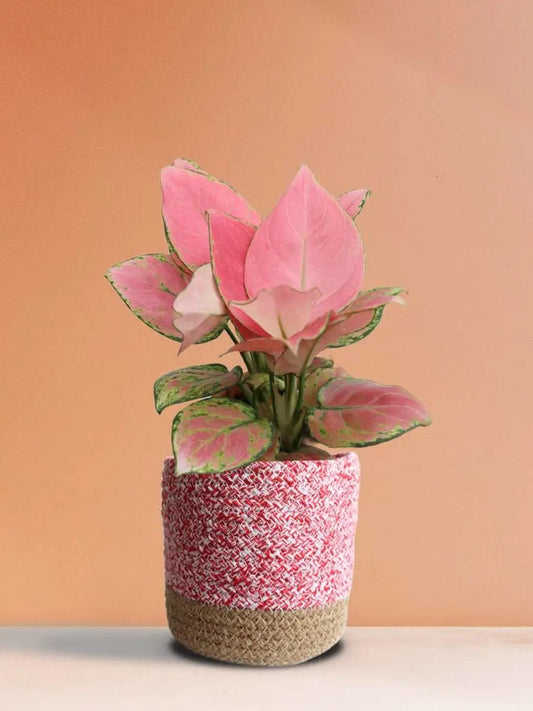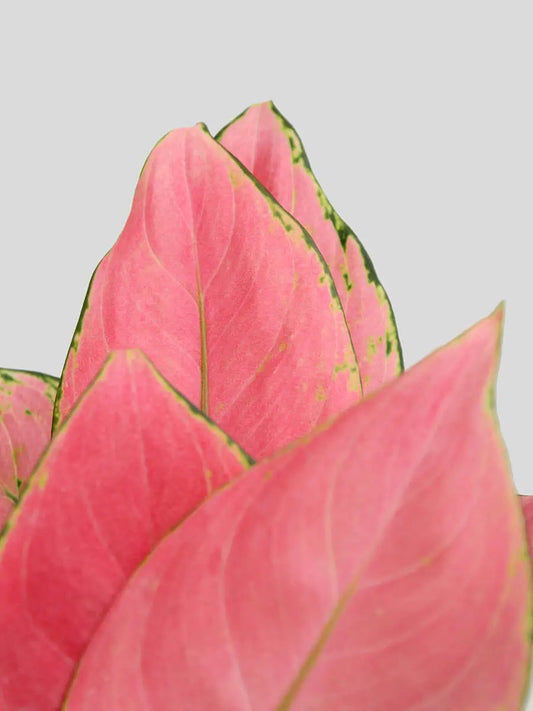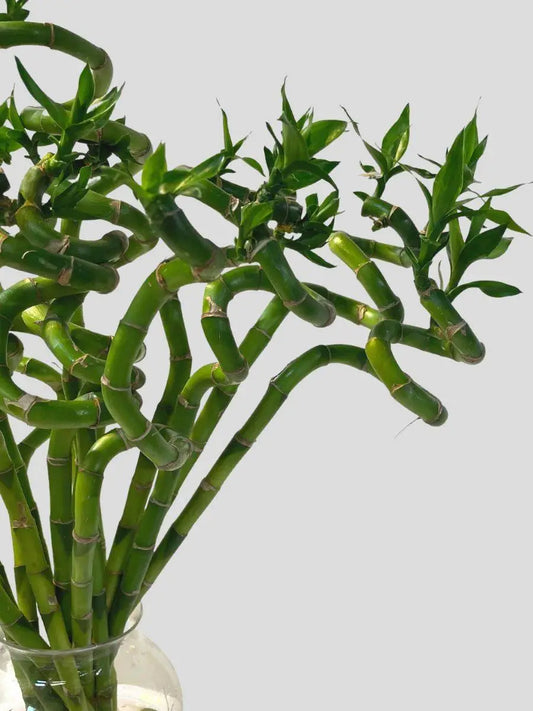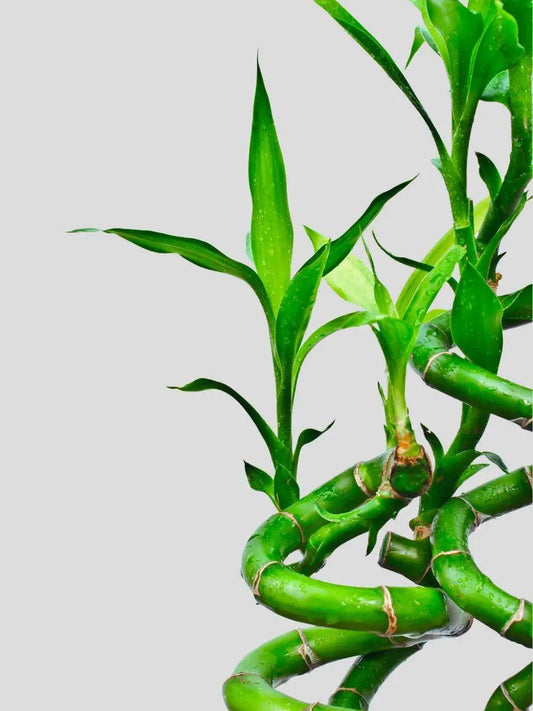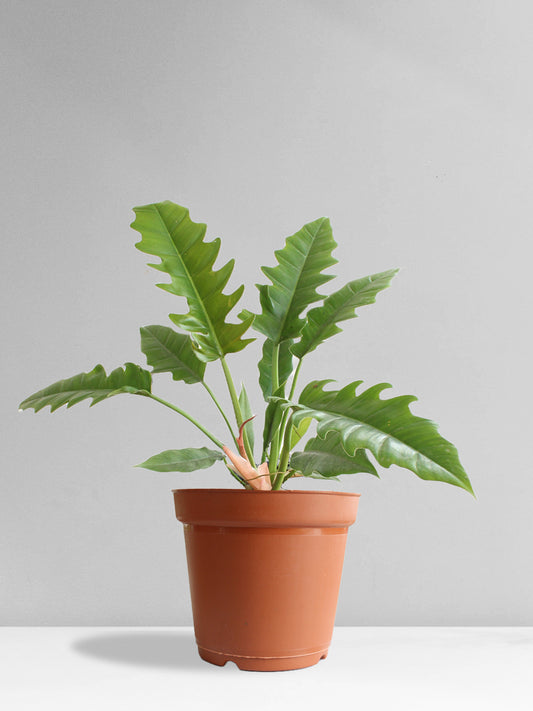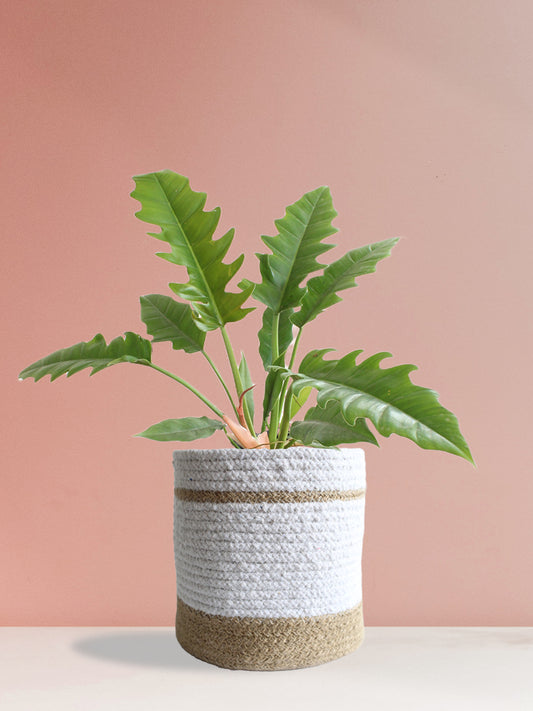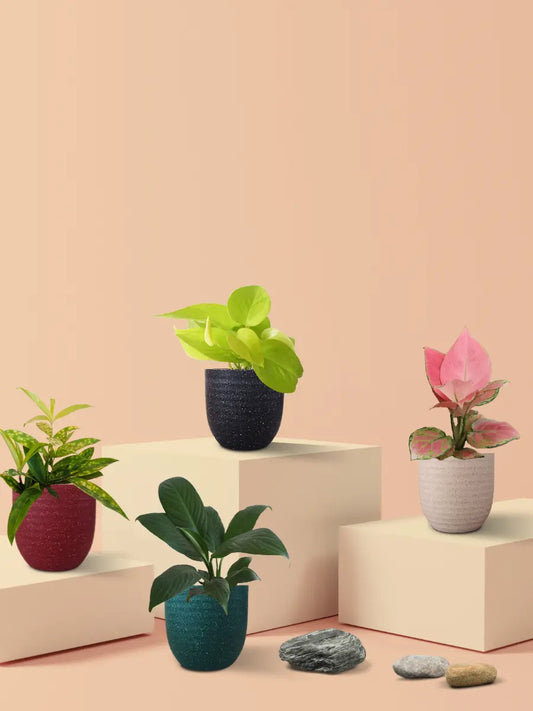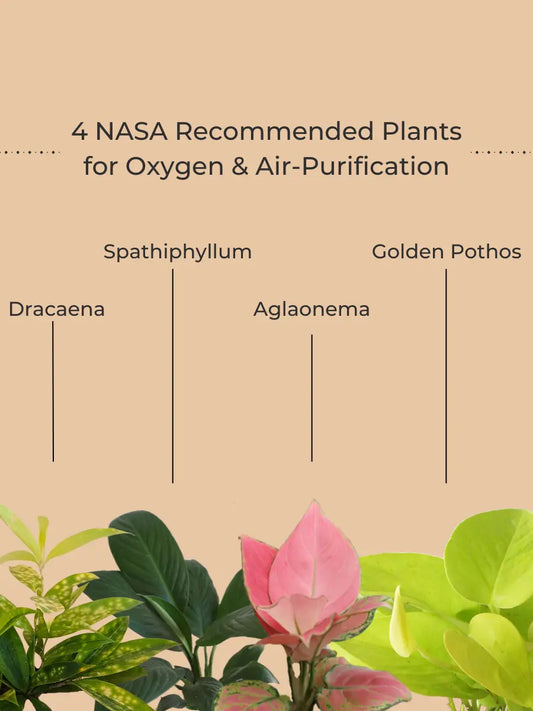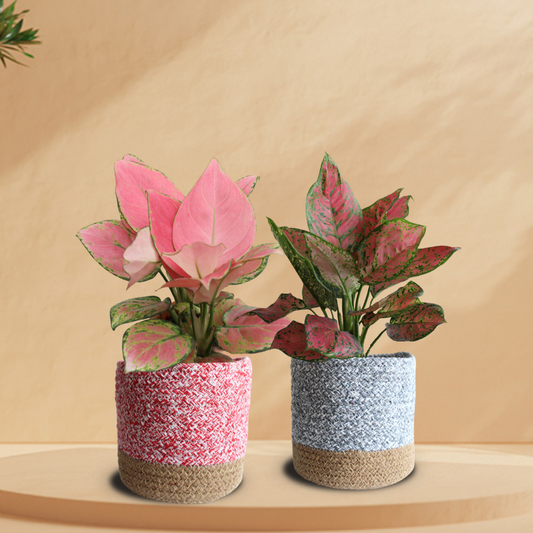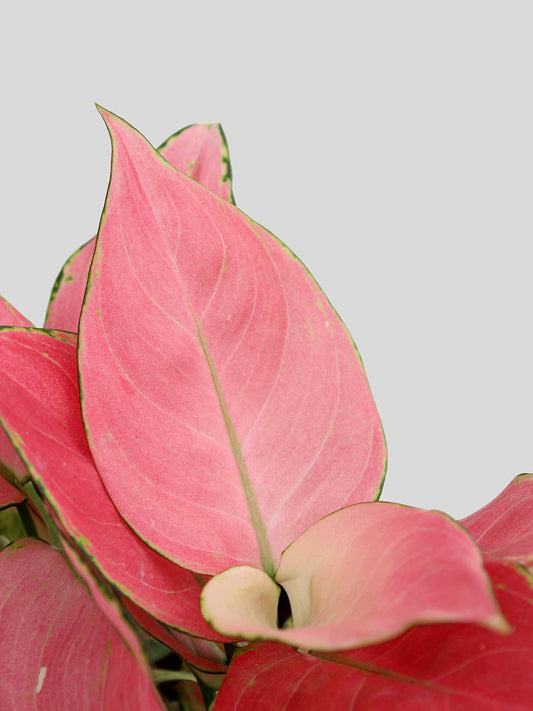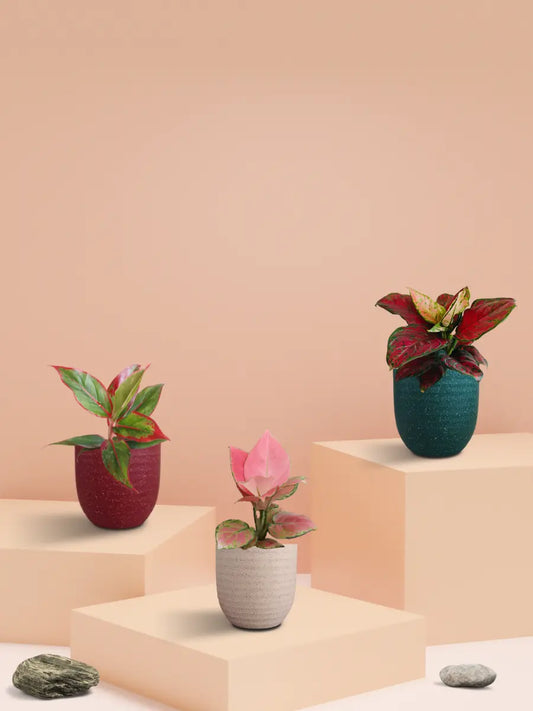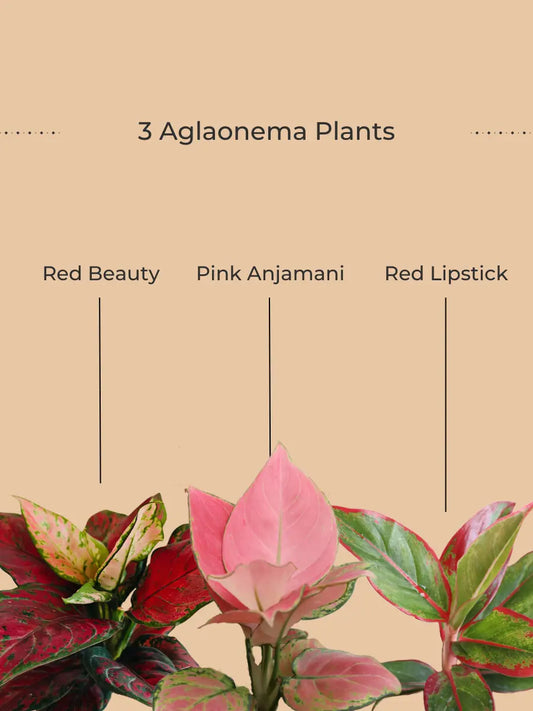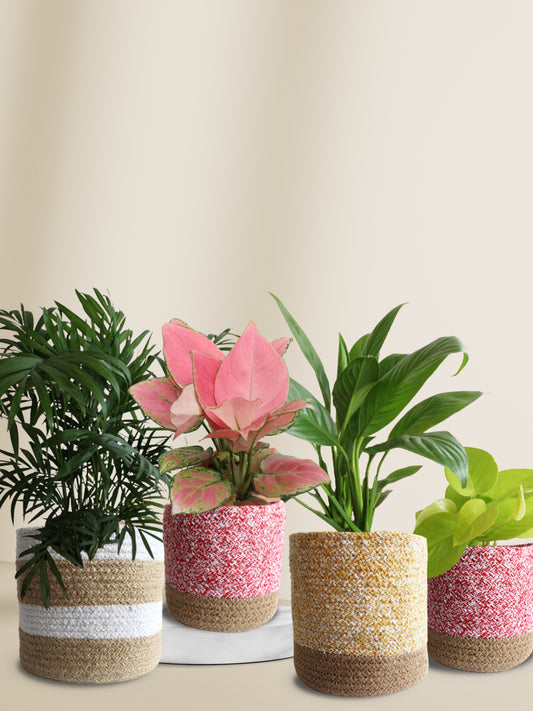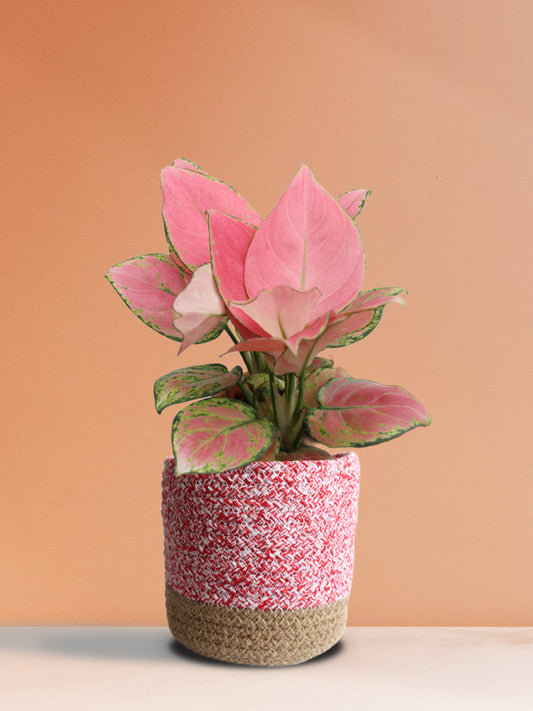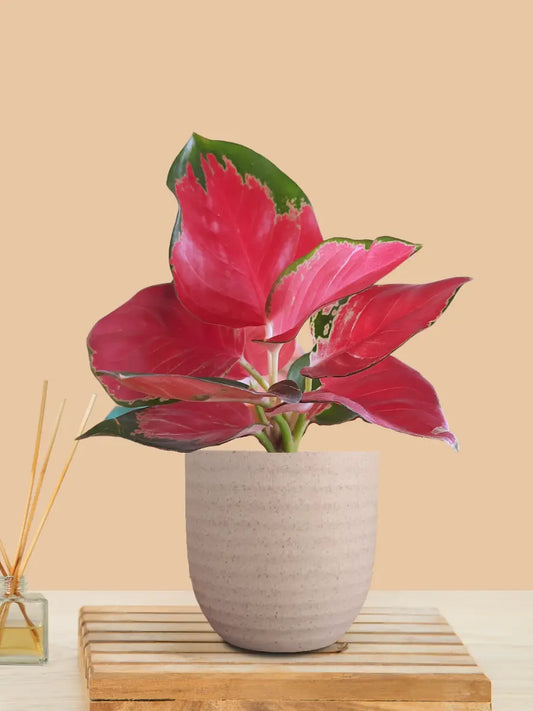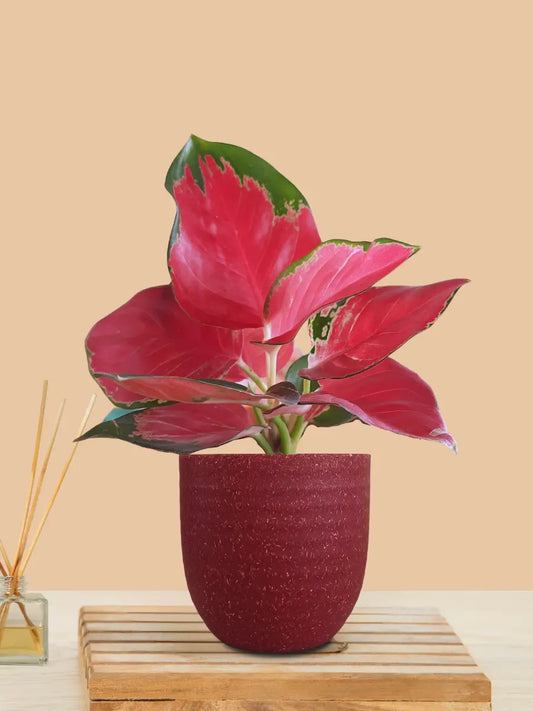Introduction to Daisy Flower plant
The daisy flower is a symbol of simplicity and beauty. The plant belongs to the Asteraceae family. Known for the cheerful appearance and the white spread captivatio The plant has been a popular choice For all gardeners and plant enthusiasts. The Daisy flower is also a symbol of innocence and cheerfulness. The aesthetic characteristics of the flower consist of its composite yet beautiful flower structure; the Flower has a Central disc and is surrounded by a ray of Petals.
The leaves of the plant are simple and are present alternating Alongside the stem of the plant. While the plant bears flowers, In multiple and unique colours, ranging from white to pink purple and yellow and variations in petal shape and flower arrangement can also be seen across various plants.
Culturally speaking , daisies have long been associated with the symbols of purity and innocence. The Daisy flower is also used as an Easter decoration. According to Christian beliefs, the flower symbolises renewal and redemption. The flower can also be seen in bridal bouquets and floral gift shops.
Being associated with cheerfulness disease have also depicted symbols of love and longing all throughout folklore and literature. The simplicity of the daisy flower has inspired many poems, songs and artworks.
Daisies are known for their versatility and easy to care nature. They can thrive in a variety of climates and soil conditions. Although the plant itself prefers a well-drained soil and a full sun, it is tolerant to partial shade. Typically, the Daisy plant blooms from Spring to fall and attracts plenty of colourful butterflies and other pollinators. Keeping in pollinators in your garden is an excellent way to boost up your Garden ecosystem while making it look beautiful.
In addition to this, Daisies are fairly easy to propagate. The plant can be propagated through the system of stem cutting or by seed sowing as well.
Read on to find out more about the thirteen different varieties of the daisy flower.
Also Read: Best Houseplants According to Vastu
Different Types of Daisies
The daisy plant can symbolise a variety of things. Here are Thirteen varieties of colourful daisy plants and What they symbolise:
- Gerbera Daisy or the Gerbera jamesonii
- Shasta Daisy or the Leucanthemum × superbum
- African Daisy or the Osteospermum
- Painted Daisy or the Tanacetum coccineum
- Gloriosa Daisy or the Rudbeckia hirta
- English Daisy or the Bellis perennis
- Swan River Daisy or the Brachyscome iberidifolia
- Paris Daisy or the Argyranthemum frutescens
- Marguerite Daisy or the Argyranthemum
- Mexican Daisy or the Erigeron karvinskianus
- Spoon Daisy or the Leptinella
- Tidy Tips or the Layia platyglossa
- Cape Daisy or the Osteospermum ecklonis
1. Gerbera Daisy or the Gerbera jamesonii:

Gerbera Daisy or Gerbera jamesonii is known for their huge, vibrant flowers and long stems. Their flowers come in a variety of colours including ravishing red and orange hues to gleaming pink, and white.
2. Shasta Daisy or the Leucanthemum × superbum:

Shasta Daisy is recognizable primarily by their white petals and yellow centres. The Shasta Daisy plant falls into the perennial variety and offers a blooming period all throughout the summer season.
3. African Daisy or the Osteospermum:

The African daisy plant is native to the southern African Region. These kinds of Daisy plants are known For their colourful appearance and the ranging hues. The African Daisy plant bears flowers in orange, pink, and red colour.
4. Painted Daisy or the Tanacetum coccineu:

Painted daisies have bright, colourful blooms in shades of red, pink, or white. They are typically perennial plants that attract butterflies and other pollinators to the garden.
5. Gloriosa Daisy or the Rudbeckia hirta:

Gloriosa Daisy is a plant that is Also known as black-eyed susans. Gloriosa Daisy are daisies that have golden yellow petals with dark brown centres in the middle. This plant is native to North America and is a drought-tolerant variety.
6. English Daisy or the Bellis perennis:

English Daisy are commonly found in European regions. English daisies are known to have white or pink petals surrounding a yellow centre. The plant is an exquisite beauty. English daisies are commonly grown as ground covers and are extremely low-maintenance.
Also Read: 7 must have Water Plants in your Garden
7. Swan River Daisy or the Brachyscome iberidifolia:

A native to Australia, the Swan River Daisy plant has fern - like foliage and bears tiny and delicate flowers that come in a variety of shades of blue, purple, or white.
8. Paris Daisy or the Argyranthemum frutescens:

Paris Daisy has bright, cheerful blooms. Owing to their cheery and beautiful bright yellow colour the plant is an excellent garden choice, thanks to its annuals or/and perennials blooms. The plant can also be grown in containers.
9. Marguerite Daisy or the Argyranthemum:

The Marguerite Daisy plant is the one similar to Paris daisies. The Marguerite daisies have dainty flowers. The colours of the flower can range from anything in between white to yellow, with yellow centres. They are popular in gardening as the flower has a long blooming period.
10. Mexican Daisy or the Erigeron karvinskianus:

Mexican Daisy are also known by the name of Santa Barbara daisies or seaside daisies. Mexican daisies are known to attract pollinators and are extremely drought tolerant. Coming in a variety of colours ranging from white to pink, these flowers have a yellow centre in the middle. These daisies have small, white or pink flowers with yellow centres in between.
Also Read: How to Create a Sensory Garden for Kids
11. Spoon Daisy or the Leptinella:

The spoon daisies have unique, spoon-shaped leaves And hence are called spoon daisies. The flowers that the plant has are small and dainty. They are easy to maintain and are generally used as ground cover in gardens.
12. Tidy Tips or the Layia platyglossa:

Tidy Tips Is also a variety of The Daisy plant that is commonly found in California. The tidy tips plant has yellow petals. Interestingly, The tips of the petals of the flower are white in colour which give them a tidy appearance. So the plant is called tidy tips.
13. Cape Daisy or the Osteospermum ecklonis:

Cape daisies are also known by the name of Cape marigold. These daisies have large, colourful blooms. The plant bears flowers ranging in shades of purple, pink, orange, or white.
Checkout these wooden plant stand crafted out of Mango wood.
Conclusion
To wrap it up, Daisies come in a wide range of varieties ranging from the African Daisy, to the English Daisy, and many more. Each one has unique characteristics and completely different growing requirements. Overall , the plant is loved for its beloved charm and its ability to brighten any room or garden. The plant is well, In both formal and informal settings and adds a touch of natural beauty wherever it is planted. To know more about all things green and plant, follow us at Greenkin.


